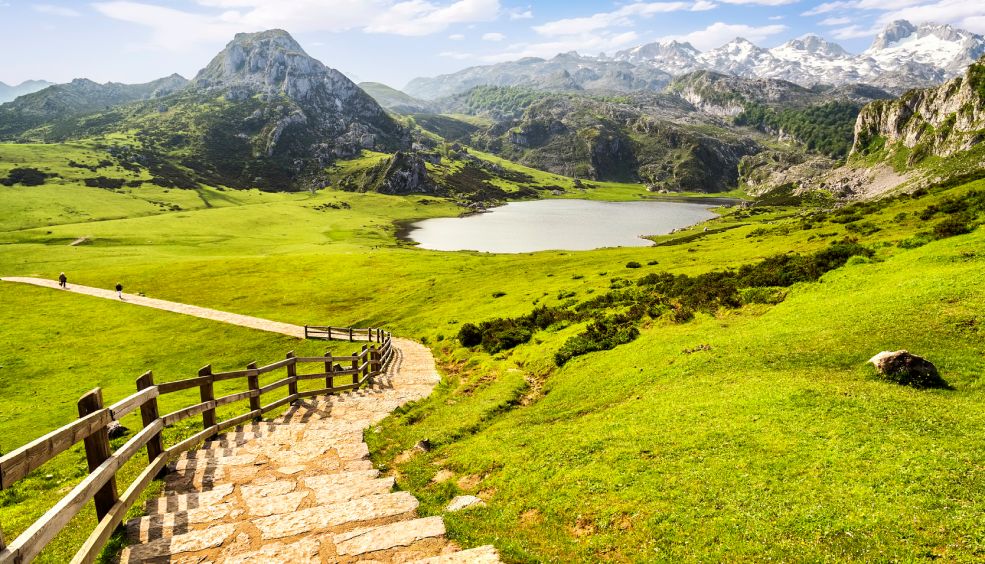Nine reasons to visit Tenerife at any time of the year
Volcanoes, nature, sport, gastronomy, tradition, architecture… It would be difficult to find another destination offering as much as Tenerife, whose privileged situation also makes it a perfect island to visit at any time of the year.
more info10 reasons not to miss Asturias
The sea, nature, fishing villages, cities full of monuments, nightlife, valleys and mountains. There are so many reasons to visit Asturias that we have struggled to pick just ten.
more infoAsturias at Easter: discover the best things to do!
Festivals, processions, gastronomy, nature, cities, art and culture... You'll find all this and much more at Easter in Asturias!
more infoCANARY ISLANDS: THE PERFECT DESTINATION FOR A WINTER BREAK
If you’re looking for somewhere to go on a bank holiday weekend, your next holiday or just to escape the cold, the best place we can think of is the Canary Islands!
more info




